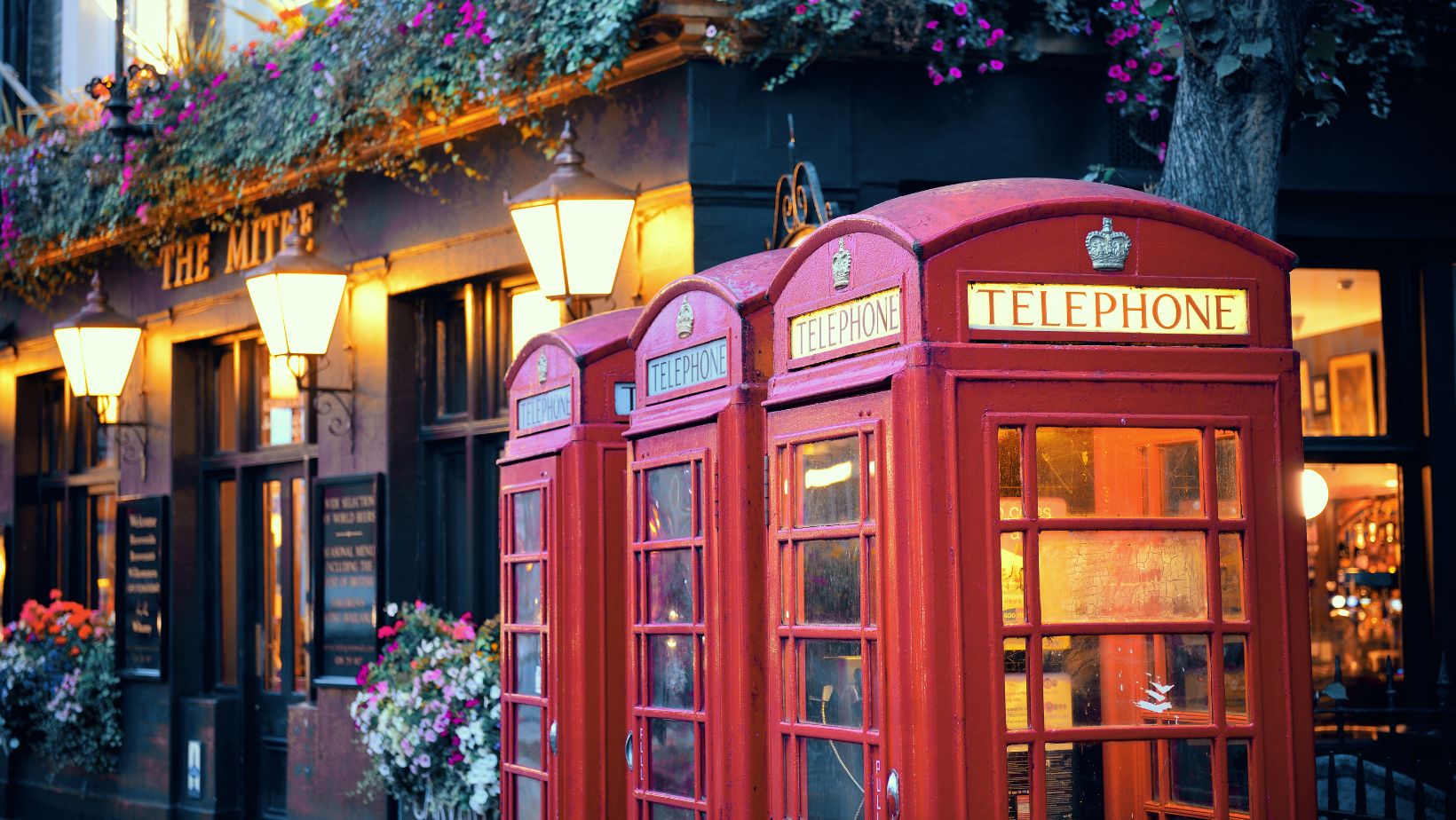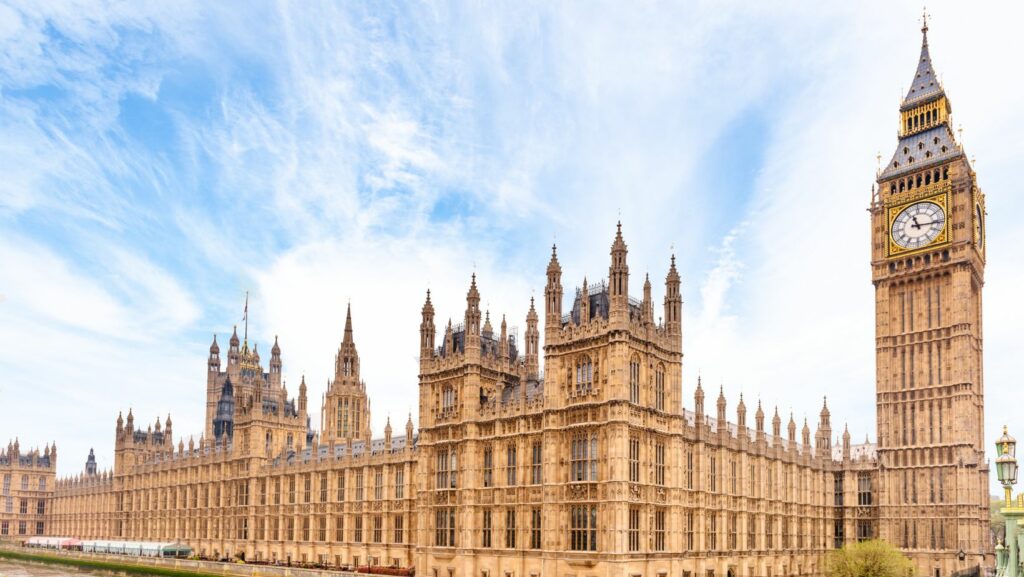London, a city steeped in history and culture, boasts some of the world’s most iconic landmarks. From the timeless elegance of Buckingham Palace to the engineering marvel of the Tower Bridge, these sites capture the essence of the British capital. Each landmark tells its own story, offering a glimpse into the rich tapestry of London’s past and present.
London Iconic Landmarks
 The Tower of London, built in 1066 by William the Conqueror, stands as a symbol of England’s tumultuous history. This UNESCO World Heritage Site served various roles, including a royal palace, prison, and treasury. It’s home to the Crown Jewels, drawing millions annually to marvel at the 23,578 gems, including the iconic Imperial State Crown.
The Tower of London, built in 1066 by William the Conqueror, stands as a symbol of England’s tumultuous history. This UNESCO World Heritage Site served various roles, including a royal palace, prison, and treasury. It’s home to the Crown Jewels, drawing millions annually to marvel at the 23,578 gems, including the iconic Imperial State Crown.
The Tower’s most famous feature, the White Tower, houses an impressive armory collection. Visitors can explore exhibits showcasing historic weapons and armor used by English monarchs. The Medieval Palace area offers a glimpse into the lives of medieval royalty, complete with recreated rooms and historical artifacts.
Yeoman Warders, commonly known as Beefeaters, provide guided tours, sharing tales of intrigue and executions. The Tower Ravens, guardians of the fortress according to legend, add to the site’s mystique. A visit to the Tower of London offers a deep dive into England’s royal history and cultural heritage.
Buckingham Palace

Buckingham Palace, the official residence of the British monarch, stands as a symbol of the monarchy’s presence in London. Built in 1703 for the Duke of Buckingham, it later became the royal residence in 1837 under Queen Victoria. The Palace’s 775 rooms include 19 State Rooms, 52 Royal and guest bedrooms, 188 staff bedrooms, 92 offices, and 78 bathrooms.
The Changing of the Guard ceremony, held daily between April and July and on alternate days throughout the rest of the year, attracts numerous tourists to witness the disciplined display of British pageantry. The Palace also opens its doors to the public during the summer months, offering guided tours of the State Rooms, adorned with artworks from the Royal Collection, including pieces by Rembrandt, Rubens, and Vermeer.
Each year, various official events and receptions, such as State Banquets and Garden Parties, take place at Buckingham Palace, reinforcing its status as a working royal residence and a major cultural icon.
The British Museum

The British Museum, founded in 1753, houses over 8 million works. It offers insights into human history and culture. Renowned exhibits include the Rosetta Stone and the Elgin Marbles, both pivotal in understanding ancient civilizations. The museum’s vast collection spans continents, encompassing ancient Egypt, Greece, Rome, and beyond.
Located in Bloomsbury, the British Museum draws millions of visitors annually. The Great Court, designed by Sir Norman Foster, features a stunning glass roof and is the largest covered public square in Europe. Visitors can explore various departments, such as the Department of Ancient Egypt and Sudan, and the Department of Prints and Drawings, each offering unique artifacts and exhibits.
Temporary exhibitions frequently highlight specific themes or periods, providing deeper insights. The museum also offers educational programs, lectures, and workshops, enhancing public understanding of its collections. Admission is free, promoting accessibility and the sharing of global heritage. The British Museum stands as a cornerstone of London’s cultural landscape.
The London Eye
 The London Eye, also known as the Millennium Wheel, is one of the most iconic landmarks in London. Standing at 443 feet, the giant Ferris wheel provides panoramic views of the city. Opened in 2000, it quickly became a symbol of modern London.
The London Eye, also known as the Millennium Wheel, is one of the most iconic landmarks in London. Standing at 443 feet, the giant Ferris wheel provides panoramic views of the city. Opened in 2000, it quickly became a symbol of modern London.
Designed by architects David Marks and Julia Barfield, the London Eye features 32 capsules, each accommodating up to 25 people. The capsules are sealed, air-conditioned, and designed to offer 360-degree views of landmarks like St. Paul’s Cathedral, Big Ben, and the Houses of Parliament. Visitors can enjoy a 30-minute rotation, offering ample time to take in the breathtaking views. Tickets can be purchased online, and fast-track options are available to skip lengthy queues. Additionally, the London Eye offers private capsule hire and special experiences, such as champagne flights.
The London Eye is not just a daytime attraction. At night, it shines with colorful LED lights, creating a stunning spectacle along the River Thames. Special lighting displays mark events and holidays, adding to its allure. The strategic location and unique design make the London Eye a must-visit landmark for anyone exploring the city’s rich history and contemporary culture.
Tower Bridge
London’s iconic landmarks offer a captivating blend of history culture and modernity. Tower Bridge, with its majestic towers and suspension design, stands as a symbol of Victorian engineering prowess. Opened in 1894, it connects the past with the present, offering visitors panoramic views of the River Thames.
These landmarks, from the historic Tower of London to the contemporary London Eye, encapsulate the essence of London. They provide a window into the city’s rich heritage and its dynamic evolution. Each site tells a unique story, inviting exploration and admiration.
Whether it’s the grandeur of Buckingham Palace or the cultural treasures of the British Museum, London’s landmarks are more than just tourist attractions. They are integral to the city’s identity, drawing millions of visitors who seek to experience the timeless charm and vibrant spirit of this global metropolis.

